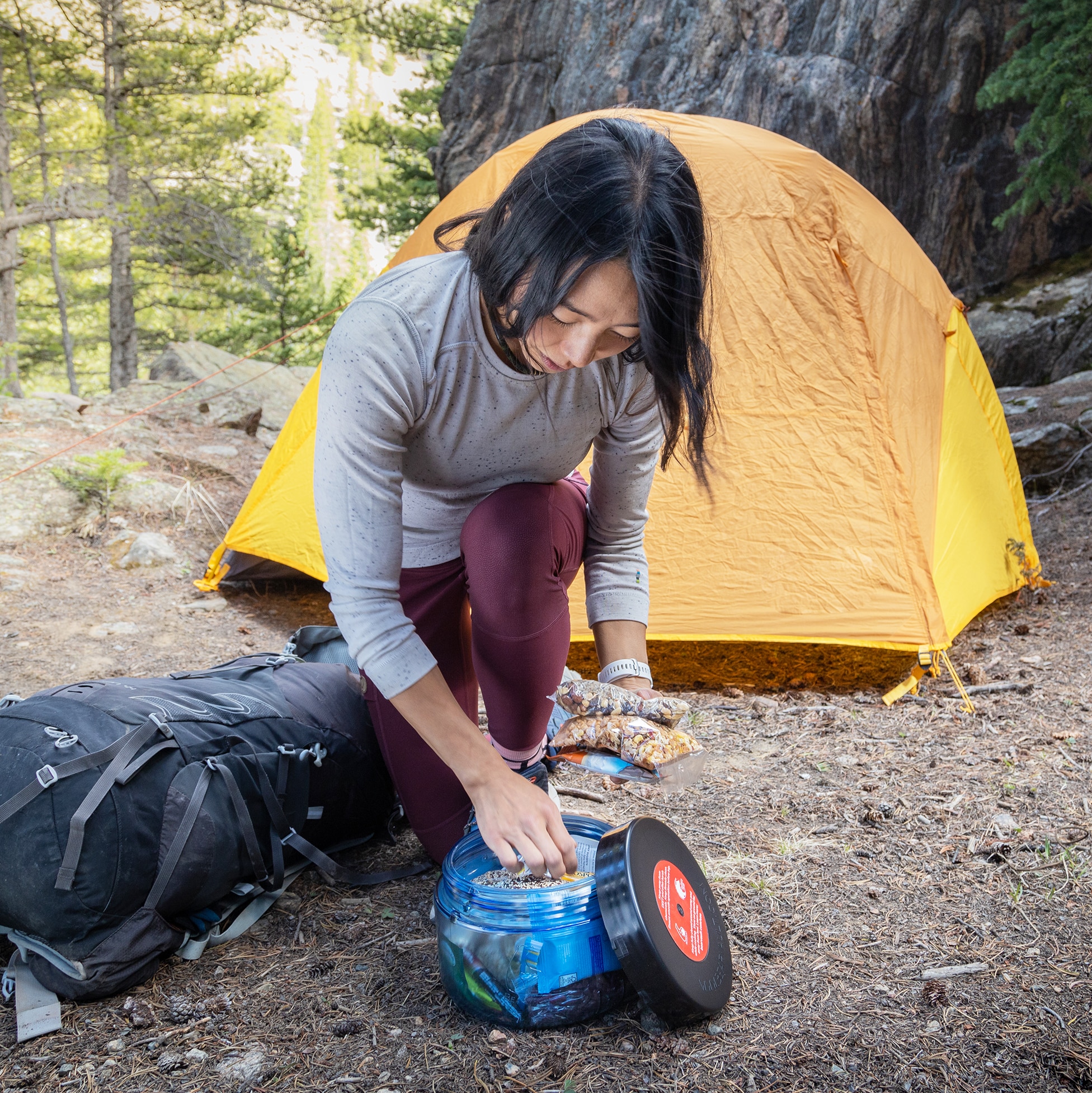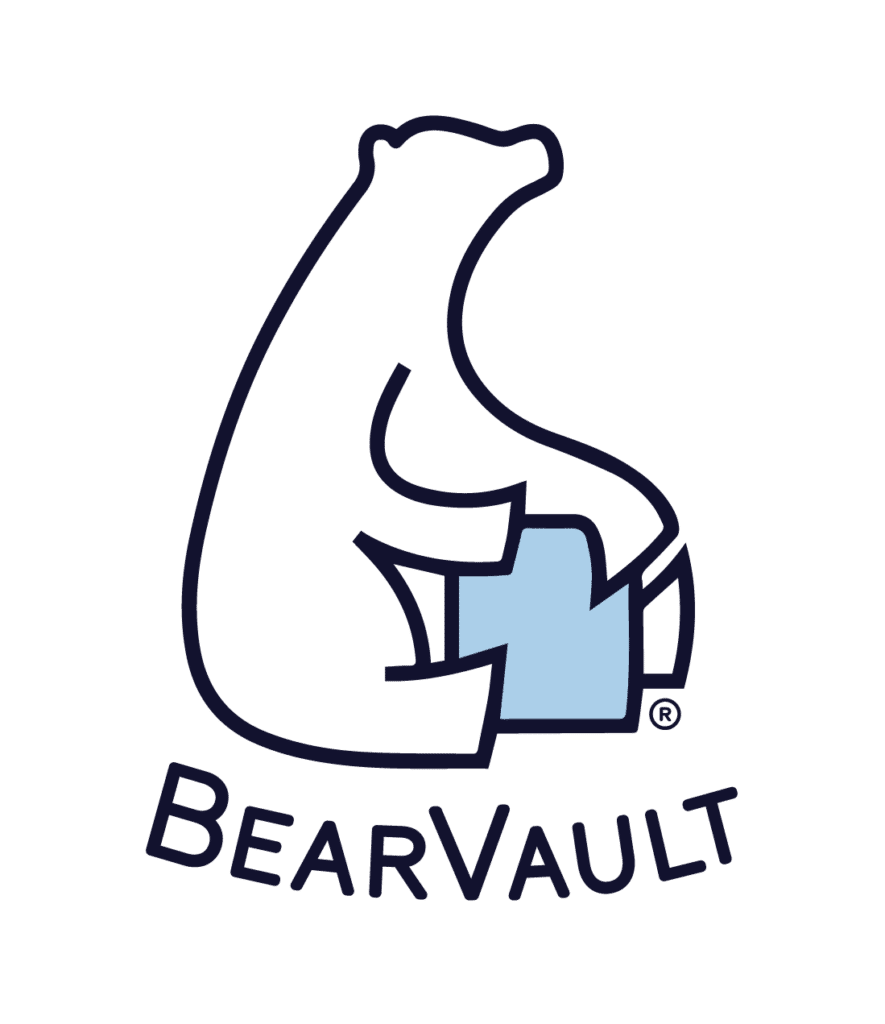Gear Guide #1 – Backpacking Tents: What You Need to Know
Choosing the right backpacking tent can feel overwhelming. But if you plan on hitting the trail and want shelter from the elements, you’ll have to choose a tent that can fit in a backpack.
Let’s talk about why you might choose to bring a tent on your backpacking adventure. Then, we’ll decipher some jargon to help you figure out how to prioritize and, ultimately, make a decision that’s right for YOU.
Do you need a tent to go backpacking?
You don’t have to use a tent when backpacking, but many choose to. The physical benefits of having a barrier to the elements, plus the psychological bonus of feeling more secure when bedding down, are often deemed worth the weight.
However, you can choose to go tentless and enjoy sleeping under the stars. “Cowboy camping” makes for a great night’s sleep if you’re confident in the backcountry.
There are also hammock options; some come with extra cords and a cover to protect from the elements.
If you decide you’re a tenting type, you’ll have plenty of options to choose from. But before we start exploring your options, we need to unpack some tent terminology.
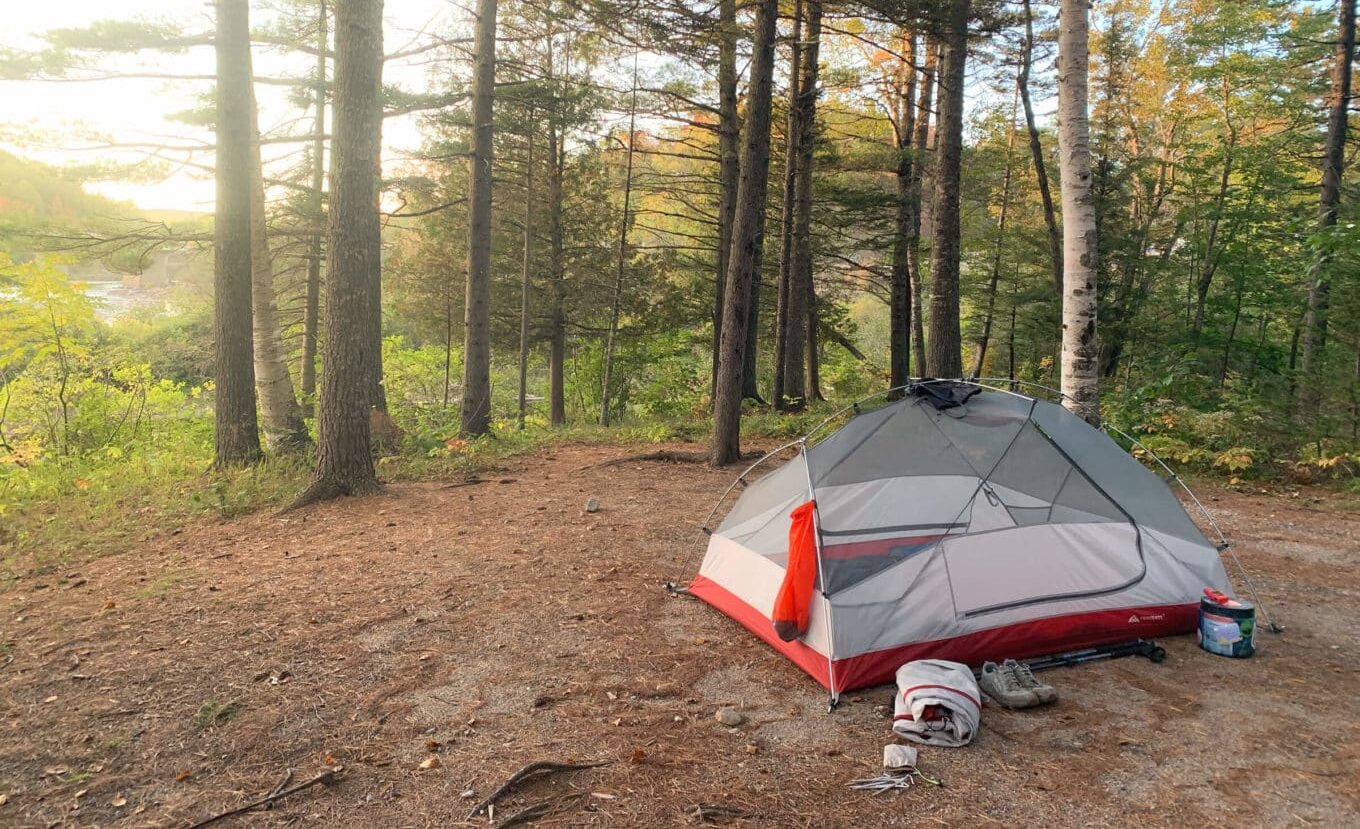
Backpacking Tent Terminology
When you shop, you’ll need to know what words mean. Let’s clear up some common tent terms so you understand product descriptions!
Footprint – A tent footprint is a piece of fabric, often durable and waterproof, that’s placed under your tent to protect its floor.
Rainfly – A waterproof covering that protects your tent from precipitation and cuts down drafts during windy weather.
3-Season – An unregulated term for tents with more ventilation that are lighter duty than what’s advertised as 4-season tents.
4-Season – Another unregulated term that indicates a tent is suited for heavier snow loads and stronger winds that might break lighter-duty poles. They usually have less ventilation as well.
Storm Flaps – That little strip of fabric that covers the zippers on a tent’s doors and windows.
Guy Ropes or Guy Lines – Cords that are used to keep a rainfly taught by staking down away from the tent.
Loft – Lofts are a tent accessory that hangs from the tent ceiling. Often made of mesh, they’re used to dry clothing or suspend a light.
A-Frame Tent – Just like an a-frame house… but it’s a tent.
Dome Tent – Tents that are shaped like domes and use interlocking tent poles.
Double Wall Tent – These tents have a mostly mesh body (inner tent) and solid cover (outer tent) that is staked out to create a gap between the two walls. This design allows for maximum ventilation and condensation control.
Single Wall Tent – These tents have two layers, solid fabric over mesh, combined in a single wall. They mimic the advantages of a double wall tent while minimizing the need for a rainfly.
Dual Apex Tent – These tents have a ceiling that features two high points, ultimately resulting in greater volume inside.
Trekking Pole Tent – Packing tent poles is unnecessary with these tents because they use your trekking poles as support.
Tunnel Tent – Literally a tent shaped like a tunnel.
Fast Pitch Mode – Certain double wall tents are able to utilize Fast Pitch, solving the issue of the inner tent getting wet when setting up camp in the rain. With Fast Pitch Mode, hikers can pitch the outer tent first and then hang the inner tent underneath.
Freestanding Tent – A freestanding tent doesn’t have to be staked down in order to keep walls taunt. They’re helpful in situations where staking is difficult, like on rocky ground or if you have to camp on a wooden platform.
Line Locks – Pieces of plastic that are used to adjust tension on cords without the need to tie knots.
Minimum Trail Weight – A term used to describe what a tent weighs without stakes, a stuff sack, or a manual. This number can’t be used to determine your final pack weight but can be useful when comparing tents to make a purchase decision since many backpackers don’t use the stakes that come with a tent.
Pole Hubs – Connecting points that enable tent designers to offer greater strength and increased interior volume.
Pole Sleeves – Fabric sleeves that hold tent poles in place rather than pole clips.
Pole Clips – Plastic clips on the exterior of tent walls that snap onto tent poles.
PU (Polyurethane) – An application that is applied to tents to make them waterproof and more durable.
Vestibules and Garages – These two terms are used to describe an extension of the tent that’s used to protect gear from precipitation. Garages are larger and often used for bikes, while vestibules vary in size but are intended to cover backpacks and small equipment. Both are unscreened and have no floor. Remember that this is NOT where you should store your food! Before you head out, learn about safe food storage practices.
Ultralight Tent – This term isn’t exactly defined but generally refers to a tent that weighs less than 3 pounds.
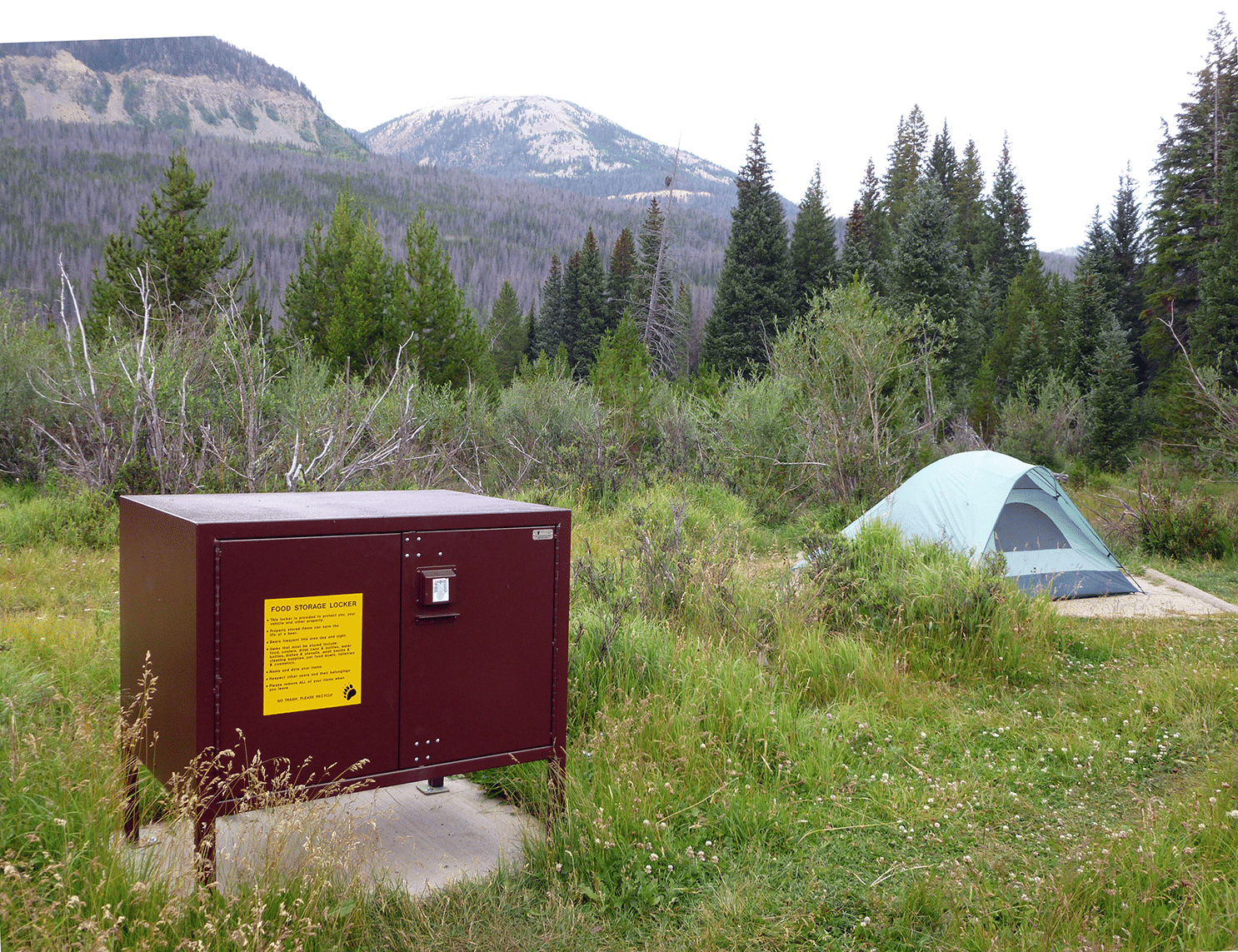
What is a “Good” Tent?
I’ve owned a plethora of tents over the years. From the giant cabin tent the kids prefer to the cheap two-man that was my first backpacking tent, they’ve all had their pros and cons. What’s best for one situation doesn’t always work for another.
Here’s a list of questions to consider when choosing a tent.
- What season(s) will you be using it?
- How many people need to fit?
- Do you want a vestibule?
- Is there a weight limit in your mind?
- Do you prefer more ventilation or less?
- How important are inner storage options like lofts and pockets?
If you’re someone who’s planning on a single warm season trip, you may not want to spring for a more expensive, 4-season tent. But if backpacking is going to turn into your entire personality (be warned… that’s entirely possible!), going with something that’s designed for a wider range of weather conditions may prove worth it.
Similarly, you’ll have to decide if you prefer the idea of having a smaller footprint with a vestibule or keeping your gear inside a roomier tent instead.
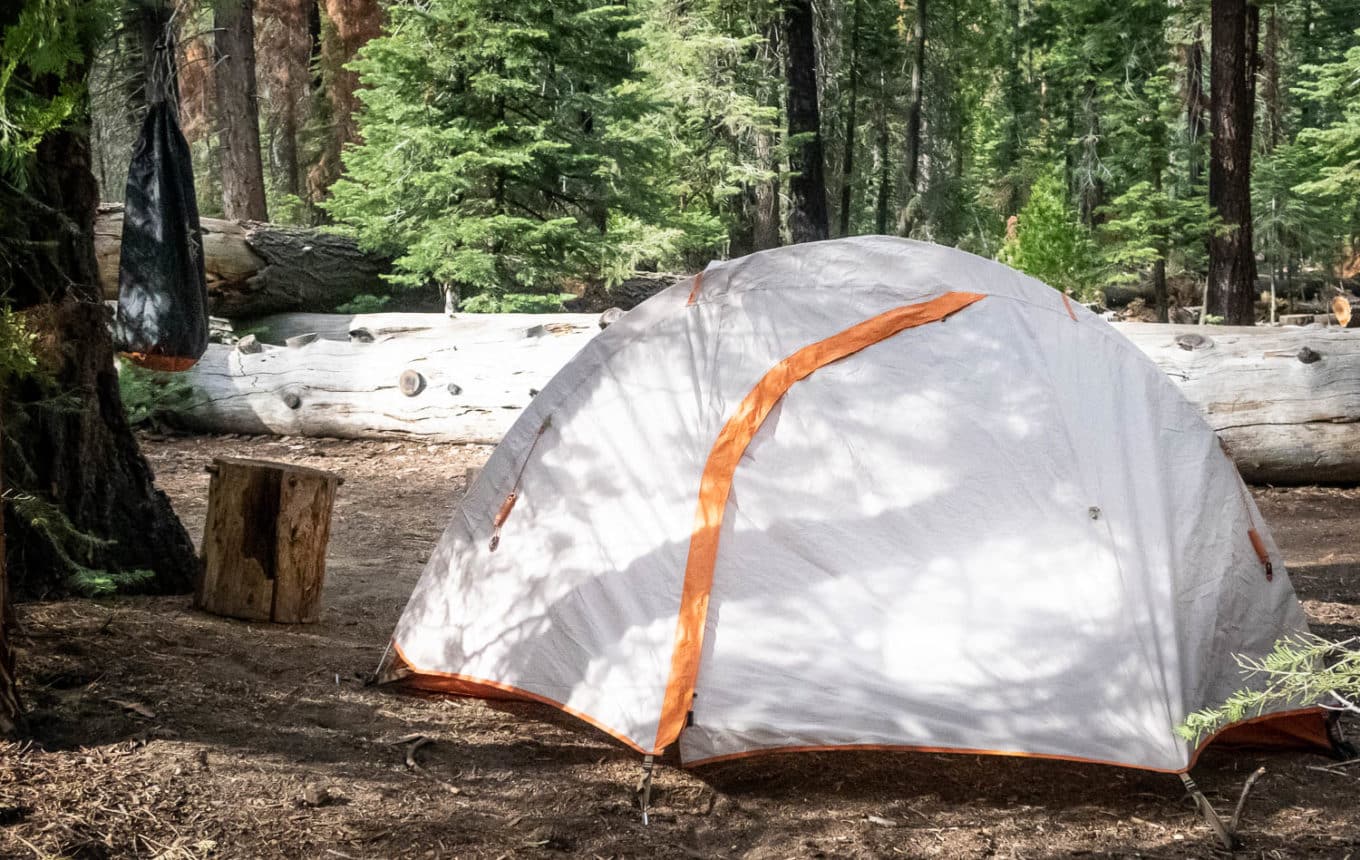
How to Buy a Used Tent
Buying a used tent can be a good way to get what you need at a lower cost. You should be aware, however, that this comes with certain risks. Taking steps to minimize those risks will be worth the extra effort.
- Always Set It Up
Meet at a park and give yourself enough time to take the tent out for a thorough examination. I can’t tell you how many times I’ve opened a tent bag only to smell mildew and find split poles. If the seller can’t be bothered to let you see the tent set up, it’s a red flag. Proceed at your own risk.
- Know That Wear Happens
Even if it looks like it’s in good shape, buying a used tent automatically means it’s likely to wear out faster than if you purchased the same tent brand new. It’s already lived a little, and that’s okay. Just keep it in mind as you make a decision.
- Consider the Manufacturer’s Warranty
Buying new has the advantage of having a warranty to cover you in case of damage from manufacturing flaws or poor performance. If protection is important to you, you may want to go ahead and buy a new tent.
Some online vendors guarantee their used gear. Buying in person from an individual obviously doesn’t come with that luxury.
In examining a used tent, look for signs that it’s been well cared for. Does it smell like mildew? Is it dry? Do you see any pin holes in the floor? Do the zippers work? Are there any hairline fractures in the poles? How do the seams look?
A thorough examination that brings up no concerns means you could get yourself a killer deal on a great piece of gear.
Can I Rent a Tent?
Yes, there are many companies that offer tents to rent. Most have a range of sizes and brands, so renting can be a great way to figure out what you like before you buy. Search for options near your destination to find a business that is convenient.
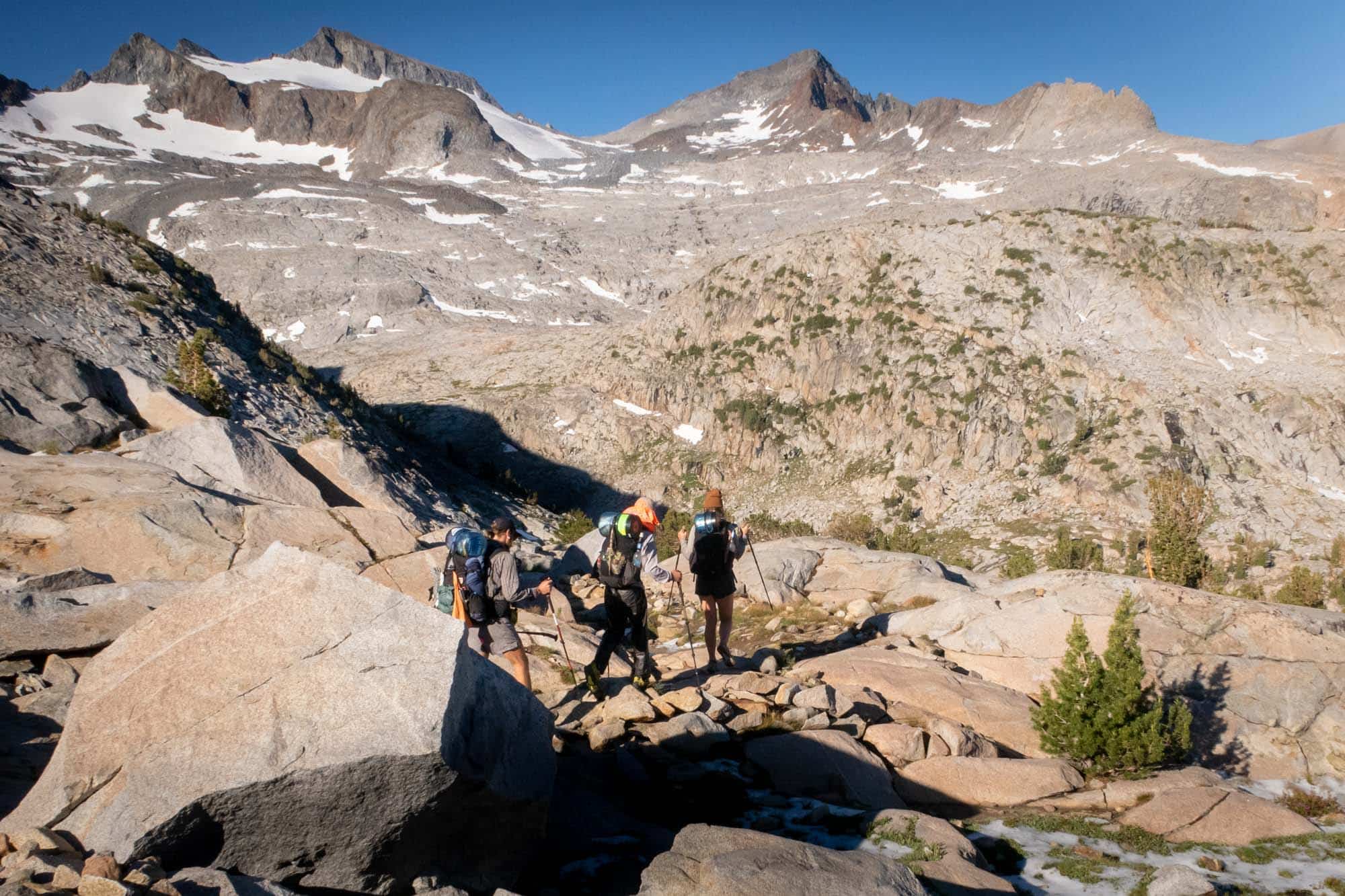
Best Tents for Backpackers
Responsible food storage during your canoe trip does more than just keep your stash safe for a sunrise breakfast. It protects the entire region from food-habituated bears. It can even protect generations of explorers.
Have I mentioned yet how personalized this is? Choosing the best tent for YOU is a process. Hopefully, the information in this post gave you a solid foundation to go out and analyze the options and make an informed decision.
Some of the biggest brands in the camping world got to where they are because they have quality products. Others got there because they have engaging storytelling and brand marketing. Still others got there through strategic partnerships and industry positioning.
It’s worth mentioning that there are some highly reviewed tent makers no one hears about. These craftsman often make their gear from personal experience in the field. This list of Cottage Industry Backpacking Gear Companies includes several tent manufacturers that are sure to have what you need.
Author Profile

Jessica Cockroft
Jess merges her passion for words and an insatiable longing for adventure as an outdoor freelance content writer and marketer. When she’s not busy stringing words together you’ll probably find her planning another camping trip for her crew of kids or taking care of the homestead. You can find her on LinkedIn and Instagram, as well as on her own website.

